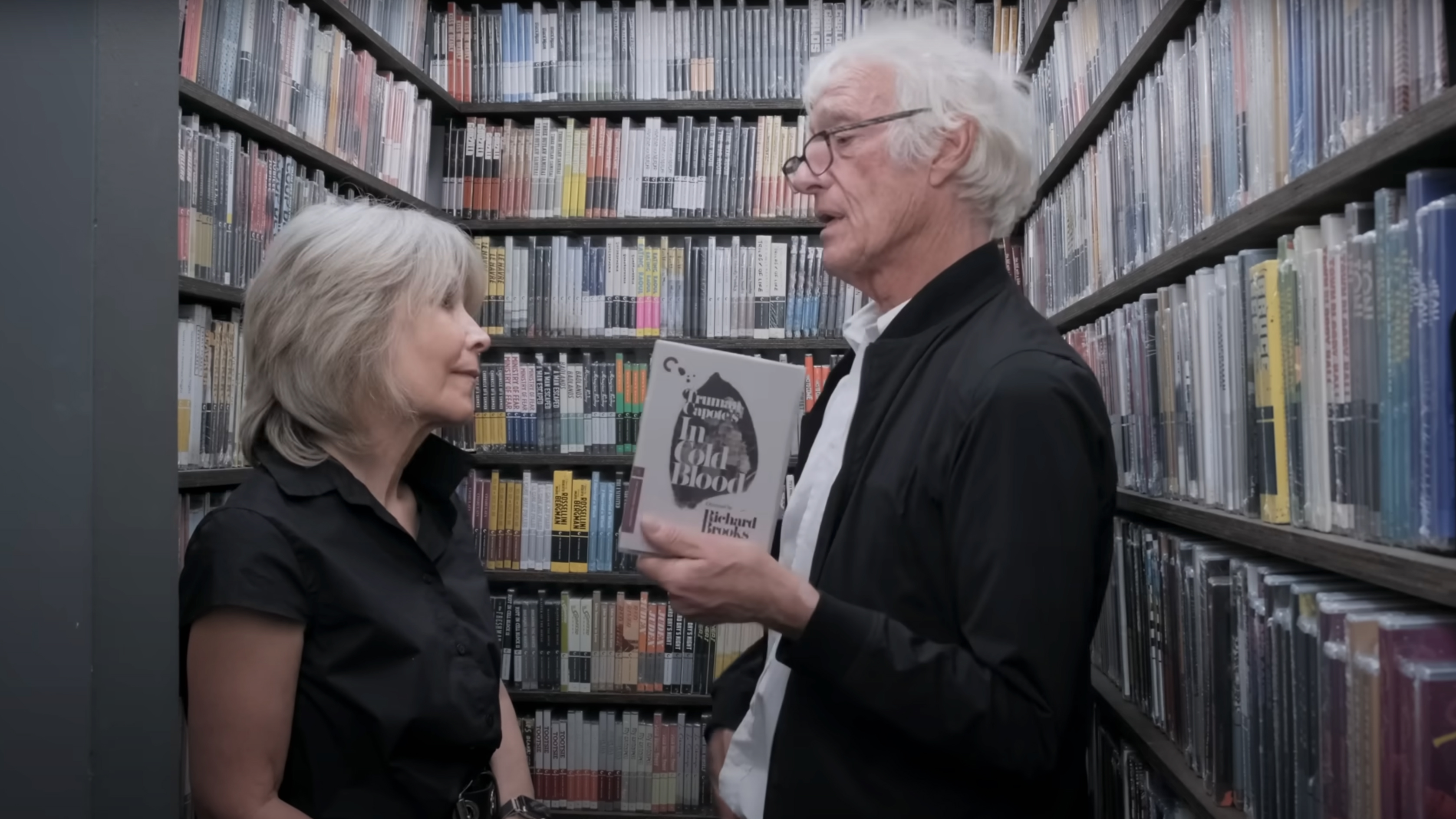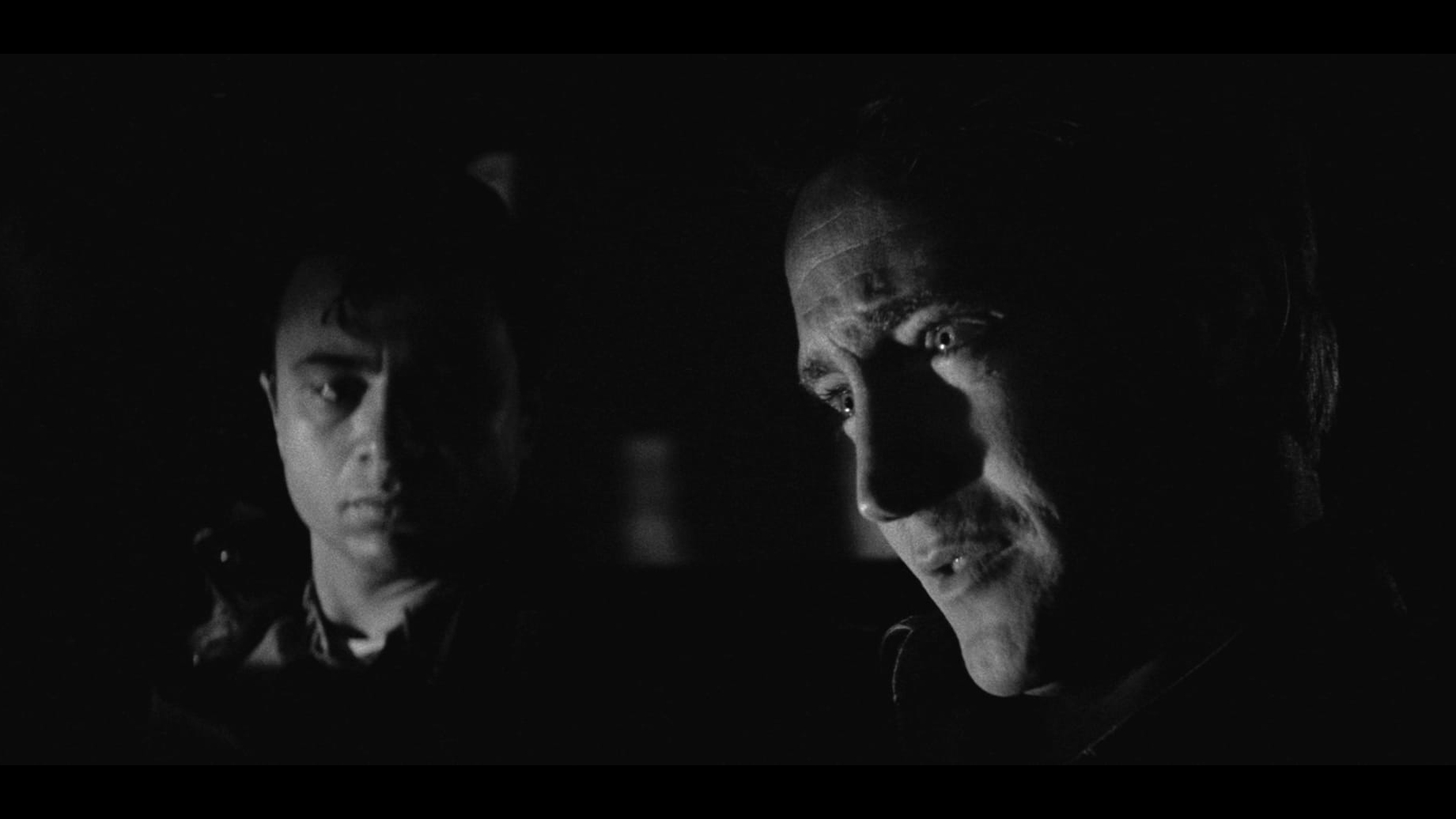
As an avid movie lover, I am obsessed with the YouTube series on the Criterion Channel – titled Closet Picks – where actors and filmmakers enter a closet filled with the entire Criterion collection of films and choose their favorites. This almost always results in incredible recommendations and an explanation as to why the films they’ve chosen are must-sees.
This happened on the episode with legendary cinematographer and photographer, Sir Roger Deakins, and collaborator, James Deakins, who recommended the 1967 movie In Cold Blood. Originally a true crime novel by Truman Capote, the film is based around two criminals who hatch a plan to rob a wealthy Kansas family, only for the plan to go awry and the men to go on the run.
The film is fascinating, but it isn’t the subject matter that stole my attention – it was the incredible cinematography by Conrad Hall.
ABOVE: Watch Deakins' Criterion collection picks
For those unaware, Sir Roger Deakins is one of the greatest cinematographers of all time, responsible for the look and feel of cinematic masterpieces such as No Country For Old Men, 1917, and The Assassination of Jesse James. On top of his cinematography, he recently released his first photography book Byways, which in itself is an inspiration. So, any recommendations from him are something I had to investigate further – and I’m glad I did!
In Cold Blood is the epitome of black-and-white cinematography, and I highly recommend it to anyone who has an affinity for shooting black-and-white video or photography. Each frame could be a beautiful still image in itself, with incredible compositions and an extremely refined use of light and shadow. There is a lot to be learned from analyzing this movie's technical brilliance.
Don’t just take my word for it – Deakins states in the video, "Not only a great film but for me, probably the best black-and-white cinematography I've ever seen by Conrad Hall… some of the best transitions.
"Also, the cinematography is wonderful because he shoots the desert landscape as you've never seen it before, but he also shoots the murder and the darkness, and the flashlights – and the tension of that and the horror of it in just an amazing way. If anyone wants to watch one movie for cinematography, to understand what cinematography is, it would be In Cold Blood."

Watching In Cold Blood with a fresh perspective, informed by Deakins' praise, changed the way I approach lighting, framing and texture in my own photography. It’s a reminder that great cinematography isn’t just about technical proficiency – it’s about creating an emotional and visceral experience that draws the viewer into the world of the film.
Conrad Hall’s work on In Cold Blood shows us the power of restraint, the art of subtlety, and how the smallest details can elevate an entire narrative. As Deakins suggests, it’s a masterclass in storytelling through visuals.
For anyone looking to deepen their understanding of cinematography or simply appreciate the sheer artistry behind black-and-white imagery, this film is a must-see. In Cold Blood continues to shape how we think about cinematography, and as Deakins’ words so clearly illustrate, it remains one of the finest examples of visual storytelling in cinema history.
I highly recommend checking out the Closet Picks series on YouTube. There's also the Criterion Channel, offering a curated collection of films, exclusive premieres and a vault worth of extras including audio commentaries, interviews and supplemental material. It’s a treasure trove of cinematic gems. You never know what might inspire your next creative breakthrough!
You might also like
Check out our guides to the best camera for filmmaking and the best black and white camera.







